 Welcome back to my third and sadly, my final blog! On the 11th of April, the final DICE seminar was held in the helix. Leading up to #GetDigital2017 I was expecting something similar to the previous two conferences where we listened to experts in their field and tried to take in as much of the information and advice available to us. Three incredibly successful businessmen gave up their precious time to inform us, the business people of tomorrow(hopefully), about their journeys to success and most importantly the huge role that “getting digital” had on their success. I listened to three interesting speakers each with their own outlook on how the workplace is becoming more technologically advanced, and ‘digital.’ This conference was rather different to the two previous conferences I attended. There were only three speakers so it lasted just under two hours, compared to the usual six speakers for nearly four hours.
Welcome back to my third and sadly, my final blog! On the 11th of April, the final DICE seminar was held in the helix. Leading up to #GetDigital2017 I was expecting something similar to the previous two conferences where we listened to experts in their field and tried to take in as much of the information and advice available to us. Three incredibly successful businessmen gave up their precious time to inform us, the business people of tomorrow(hopefully), about their journeys to success and most importantly the huge role that “getting digital” had on their success. I listened to three interesting speakers each with their own outlook on how the workplace is becoming more technologically advanced, and ‘digital.’ This conference was rather different to the two previous conferences I attended. There were only three speakers so it lasted just under two hours, compared to the usual six speakers for nearly four hours.
Getting digital refers to how companies obtain electronic technology to generate, store and process data to become more efficient and more controlled (Rouse, 2005).
Digital technology is everywhere these days, including in business, not so long ago, money was a tangible item but now you’ll find that only 9% of money is physical cash in modern civilisation. This makes for more efficient business, it’s faster, safer and easier to do business now than ever before. The rate that technology is advancing is extraordinary, and it is vital that we learn to incorporate it into the business world and use it as effectively as possible.
The three speakers – Dr. Johnny Walker, David Erixon and Alistair Croll –stressed the importance of the digital revolution that is happening right in front of our eyes.
Dr. Johnny Walker
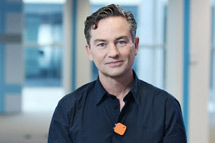
“Engage, Embrace, Empower”
The first speaker of the day was Dr. Johnny Walker. He is an interventional Radiologist and Nuclear Physician. He is the CEO and founder of Jinga Life. Johnny was the Founder and driver of Global Diagnostics, an international Tele-radiology enterprise which successfully disrupted medical diagnostics around the clock, around the world. Dr. Walker is Australian but currently resides in Dublin, and is working at the Hermitage Medical Clinic in west Dublin. The atmosphere in the room lifted as Johnny began his short and snappy presentation as his Australian accent, along with an incredible speed of speaking, forced the crowd to sit up and listen intently attentively to what he had to say. The focus of Johnny’s talk was on the “future of health.”
Johnny began his speech by telling us of his journey to get to where he is today, spending time all over the world helping people. He reflected on the start of his career. He spent a huge amount of time in outback Australia which inspired him greatly. He went on to stress the urgent need to redesign the health systems so that the pregnant mothers in Western Australia had access to the medical treatment that they needed. To combat this issue, Dr. Walker came up with the Telemedicine Network. He was doing ultrasounds on pregnant women, to investigate the condition of their babies.
“Engage, Embrace, Empower” – Dr.Walker wants patients to engage, be embraced and be empowered. Simple on the shelf technology would allow this to be possible. These technologies are cloud-based, personalized, secured, mobile and available in anywhere in the world 24/7. Dr.Walker really emphasised how getting digital in this day and age is vital for in the health care system. He really opened my eyes up to how technologies are advancing and the benefits these technologies could have on regulating our health
David Erixon

David Erixon is the head of Digital and Customer Innovation at Ulster Bank. He talked about the future of money. Erixon informed us that banking is changing due to technology developments such as cloud technology and Application program interface (API). These changes can be seen in the Sweden, where only 2% of transactions in the country are done with the physical money. In the near future, digital money will be the norm and physical currency will be obsolete. The arrival of Apple Pay to Ireland is a push towards a cashless economy. Money is changing because of advancing technology and also society’s view on the banking system. To transform the banking system, technology and regulations are required, and this will create open banking.
Apps such as 22seven control a person’s money and finance. It is an app that shows people clearly everything financial: money, investments, loans, bank balances and rewards from retailers. It then creates a personalized budget giving insights about how you’re spending your money. It clearly shows inflows and outflows.
Banks are currently at a crossroad, they need to see technology as an opportunity, not a threat. Because of this, Ulster bank have decided to embrace the advancing technology and adapt to it which can be seen in their Hackathon events and mobile banking apps.
While researching the things Mr Erixon talked about I came across this fascinating video about technology replacing money: https://www.youtube.com/watch?v=pPgd7Hj3ABQ
Alistair Croll

Alistair Croll’s presentation ended the day on a very interesting note. He is an author, public speaker and lecturer of Data Science and Critical Thinking at Harvard Business School. He really opened up my eyes to all the digital changes that are happening and have happened in recent years. I really enjoyed his talk. His rather original title – “Horses, Tea, Steam and Perfume” really grasped my attention. Croll explained to us how we can change our society through innovation. He discussed this through the non-traditional way, Discontinuity, as he believed technology is not very interesting.
Discontinuities are defined as: Unpredictable, unforeseen, natural or man-made sudden change, consequence, event, or force that confounds or disrupts earlier expectations or estimates. (http://www.businessdictionary.com/definition/discontinuity.html)
He talked about agriculture and how it has changed in recent years. 100 years ago, 70% of North America was used for agriculture, now less than 1% is. In the 1800’s 3% lived in urban areas and now 75% live in urban areas in North America. This shows how technology is advancing.
Croll made a point of three things in his talk:
- Big changes sneak up on us
- We optimize the current worldview
- Necessary innovations aren’t obvious






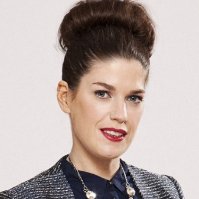

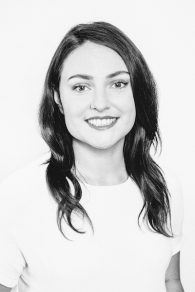





 (source:
(source: (Source:
(Source: 
 (Source:
(Source: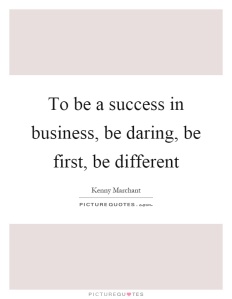 (Source: http://www.picturequotes.com/business-success-quotes )
(Source: http://www.picturequotes.com/business-success-quotes )

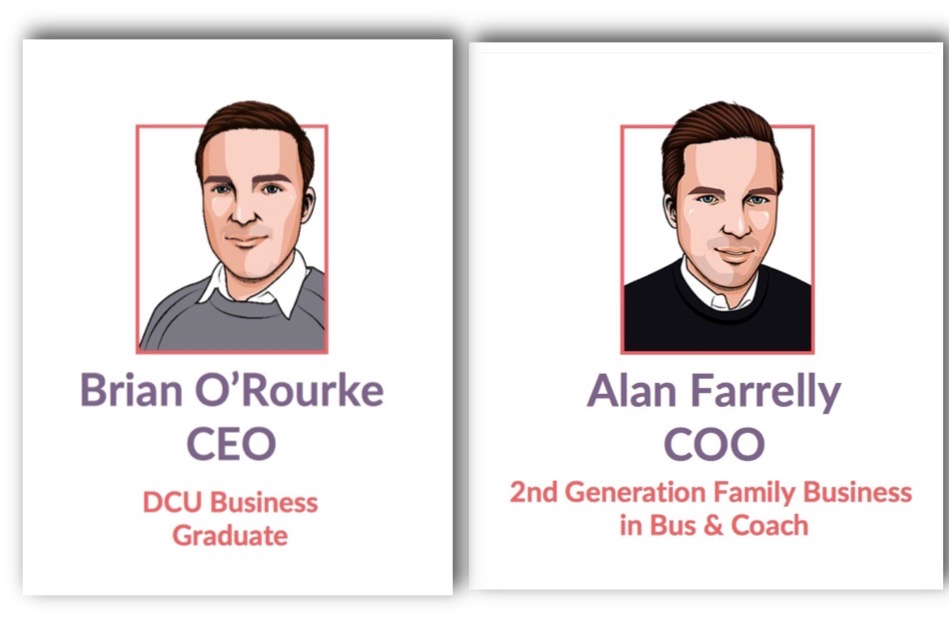

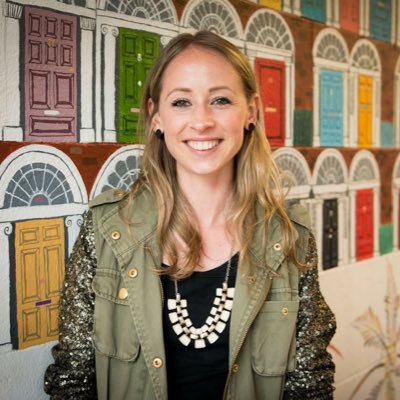
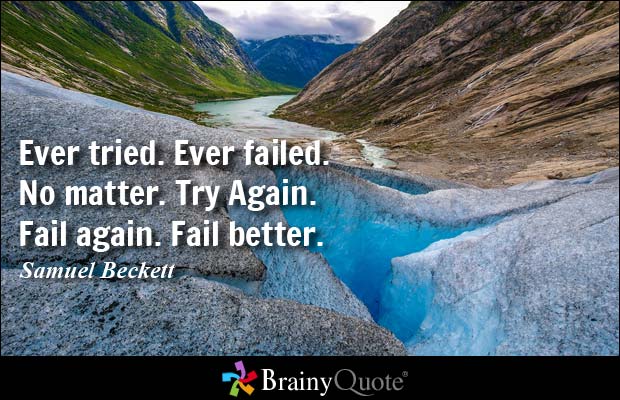
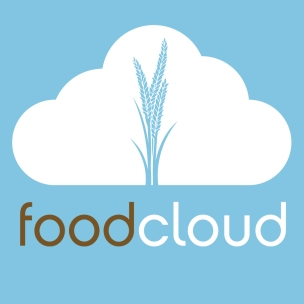 (Source:
(Source: 






